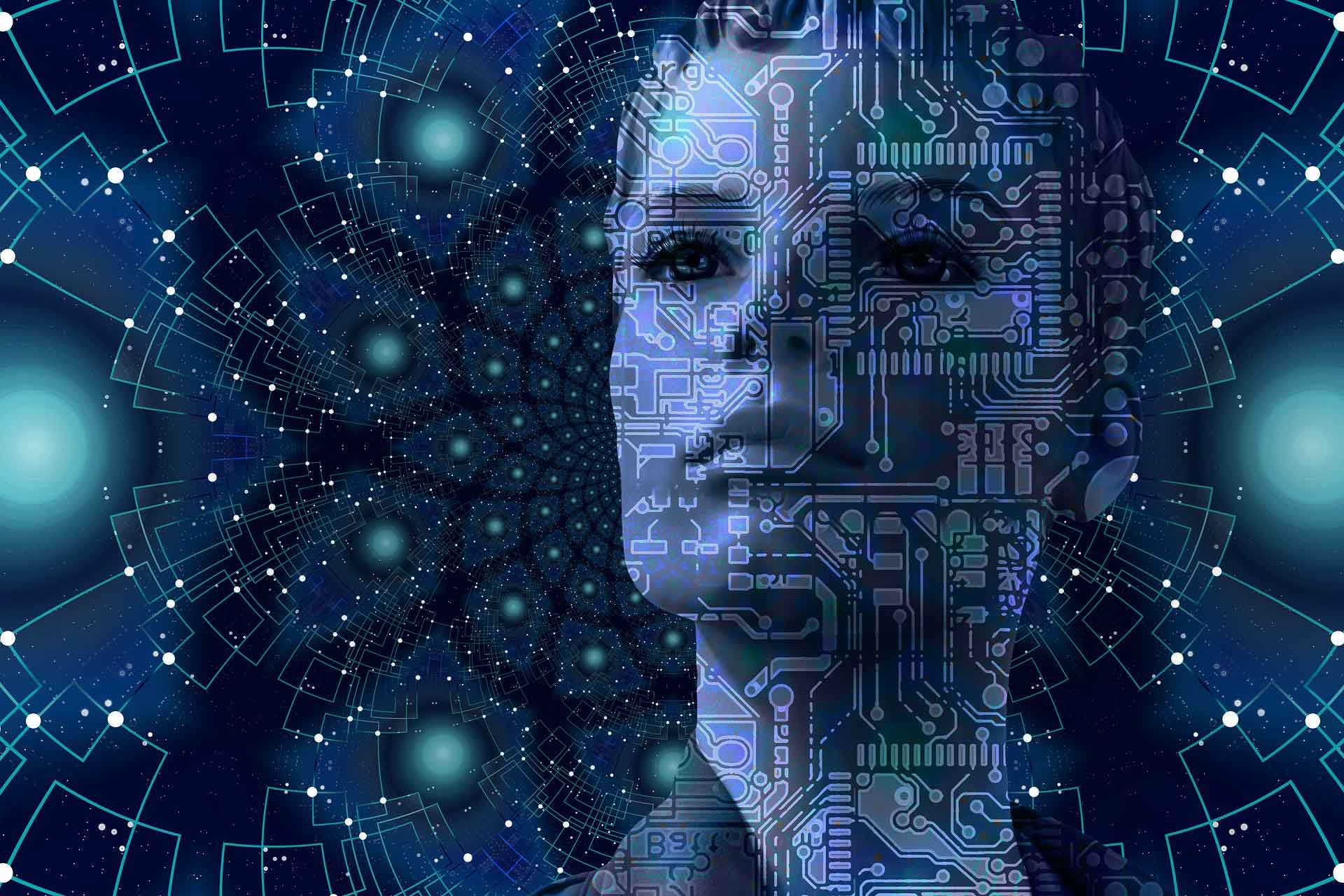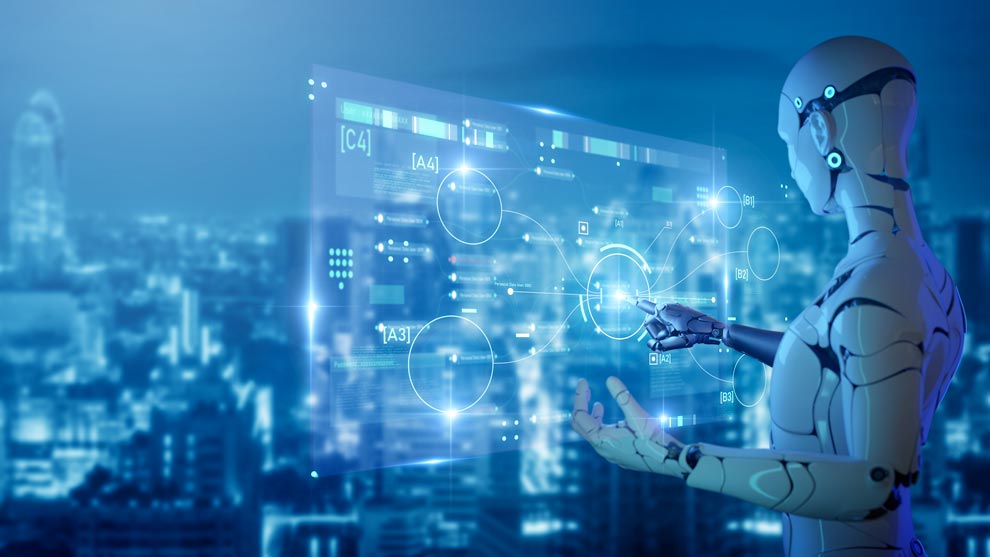Introduction:
The Internet of Things (IoT) has emerged Datasets as a transformative force, connecting physical devices and enabling them to communicate, collect, and exchange data seamlessly. When coupled with the capabilities of machine learning (ML), this intersection creates a powerful synergy, driving the evolution of intelligent devices. In this exploration, we delve into the integration of IoT and datasets, unveiling how the fusion of these technologies propels the development of intelligent systems and facilitates data-driven decision-making in diverse domains.
The Convergence of IoT and Machine Learning:
1. IoT: Connecting the Physical World:
- The essence of IoT lies in the interconnection of devices, sensors, and systems, enabling them to communicate and share data in real-time. IoT extends beyond traditional computing devices to include a myriad of objects, from smart thermostats and wearable devices to industrial sensors and autonomous vehicles.
2. Machine Learning: Extracting Insights from Data:
- Machine learning, a subset of artificial intelligence, equips systems with the ability to learn and make predictions or decisions based on data. ML algorithms excel at identifying patterns, correlations, and anomalies within datasets, transforming raw information into actionable insights.
3. The Synergy Unleashed:
- When IoT and machine learning converge, the result is a symbiotic relationship where IoT provides the data infrastructure, and ML algorithms extract meaningful information from this continuous stream of data. This synergy empowers devices to not only collect data but also to learn, adapt, and optimize their operations over time.
Significance of IoT Datasets in Machine Learning:
1. Rich and Diverse Data Streams:
- IoT devices generate a diverse range of data streams, including sensor readings, environmental parameters, user interactions, and more. These rich datasets serve as the foundation for training and enhancing machine learning models.
2. Real-Time Data:
- IoT datasets often involve real-time data streams, allowing machine learning models to make rapid and context-aware decisions. This capability is crucial in applications such as predictive maintenance, autonomous vehicles, and smart cities, where timely responses are paramount.
3. Edge Computing and Decentralized Intelligence:
- The integration of IoT and ML enables edge computing, where data processing and analysis occur closer to the source (device) rather than relying solely on centralized cloud infrastructure. This decentralized intelligence minimizes latency and enhances the efficiency of IoT systems.
4. Adaptive Systems:
- IoT datasets fuel adaptive systems that can evolve and optimize their behavior based on changing conditions. Machine learning models, continuously trained on incoming data, enable devices to adapt to new patterns, detect anomalies, and enhance their functionality over time.
5. Predictive Analytics:
- Machine learning applied to IoT datasets enables predictive analytics, allowing devices to anticipate future events or trends. This is valuable in scenarios such as predictive maintenance, where ML models can forecast equipment failures before they occur, minimizing downtime.
Types of IoT Datasets:

1. Sensor Data:
- Sensor datasets form a fundamental component of IoT data. These datasets include readings from various sensors, such as temperature sensors, accelerometers, and humidity sensors, providing real-time information about the physical environment.
2. Health and Wearable Data:
- Datasets from health and wearable devices capture physiological metrics, activity levels, and user behavior. These datasets are instrumental in healthcare applications, fitness tracking, and personalized wellness programs.
3. Industrial IoT (IIoT) Data:
- IIoT datasets originate from sensors and devices in industrial settings, including manufacturing plants and energy grids. These datasets support applications like predictive maintenance, process optimization, and quality control.
4. Smart Home Data:
- Smart home datasets encompass information from connected devices within residential settings. This includes data from smart thermostats, security cameras, smart appliances, and other IoT devices that contribute to home automation and energy efficiency.
5. Connected Vehicles and Transportation Data:
- Datasets from connected vehicles provide insights into driving behavior, traffic conditions, and vehicle diagnostics. These datasets are pivotal for applications like traffic management, fleet optimization, and autonomous vehicle development.
Challenges in Analyzing IoT Datasets with Machine Learning:
1. Data Volume and Scalability:
- IoT datasets can be massive, especially in applications like smart cities or industrial IoT. Analyzing large volumes of data in real-time poses challenges in terms of computational resources and scalability for machine learning algorithms.
2. Data Variety and Heterogeneity:
- IoT datasets are diverse, comprising data from various sources and formats. Integrating heterogeneous data and ensuring interoperability for machine learning models can be complex, requiring robust preprocessing and integration techniques.
3. Security and Privacy Concerns:
- Security is a paramount concern in IoT, and ensuring the privacy of sensitive data becomes crucial when applying machine learning. Protecting data from unauthorized access and implementing privacy-preserving techniques are ongoing challenges.
4. Latency and Real-Time Processing:
- Many IoT applications demand real-time processing to enable timely decision-making. Minimizing latency in the analysis of IoT datasets poses challenges, especially when relying on machine learning models that may have computational complexities.
5. Energy Efficiency:
- Many IoT devices operate with limited power resources. Implementing energy-efficient machine learning models that can run on resource-constrained devices while maintaining accuracy is a challenge in the intersection of IoT and ML.
Opportunities in Leveraging IoT Datasets for Machine Learning:
1. Edge AI for Localized Processing:
- Edge AI, where machine learning models run directly on IoT devices or at the edge of the network, presents an opportunity to address latency concerns. This localized processing enhances real-time decision-making without solely relying on centralized cloud infrastructure.
2. Federated Learning:
- Federated learning allows machine learning models to be trained across decentralized devices without exchanging raw data. This approach ensures privacy and security while leveraging the collective knowledge from diverse IoT devices.
3. Continuous Learning and Adaptation:
- Implementing continuous learning mechanisms enables machine learning models to adapt to changing conditions over time. This is particularly beneficial in applications like predictive maintenance, where models can evolve based on new data patterns.
4. Interdisciplinary Collaboration:
- The convergence of IoT and ML necessitates interdisciplinary collaboration between domain experts, data scientists, and engineers. Bridging the gap between domain-specific knowledge and machine learning expertise unlocks innovative solutions for complex challenges.
5. Blockchain for Security:
- Integrating blockchain technology with IoT datasets enhances security by providing a decentralized and tamper-resistant ledger. This ensures the integrity of data and transactions, addressing security concerns in the IoT ecosystem.
Techniques for Analyzing IoT Datasets with Machine Learning:

1. Time Series Analysis:
- Time series analysis is crucial for understanding temporal patterns in IoT datasets. Machine learning models, such as recurrent neural networks (RNNs) and long short-term memory (LSTM) networks, excel in capturing sequential dependencies in time-series data.
2. Anomaly Detection:
- Anomaly detection techniques, including unsupervised learning algorithms, help identify irregular patterns or events in IoT datasets. This is vital for applications like predictive maintenance, where anomalies may indicate potential equipment failures.
3. Reinforcement Learning:
- Reinforcement learning is applicable in scenarios where intelligent devices interact with their environment. This includes applications like robotics and autonomous systems where devices learn optimal actions through trial and error.
4. Ensemble Learning:
- Ensemble learning involves combining multiple machine learning models to improve overall predictive performance. This technique is valuable in handling the diversity of IoT datasets and enhancing the robustness of predictions.
5. Explainable AI:
- Explainable AI techniques help interpret the decisions made by machine learning models. This is particularly important in applications like healthcare or critical infrastructure, where understanding the rationale behind decisions is crucial.
Real-World Implications:
1. Smart Cities and Urban Planning:
- In smart cities, IoT datasets and machine learning contribute to urban planning, traffic management, and resource optimization. Intelligent devices analyze data from sensors to enhance city infrastructure and services.
2. Healthcare and Remote Monitoring:
- IoT devices in healthcare, coupled with machine learning, enable remote patient monitoring, personalized treatment plans, and early detection of health issues. This has implications for improving healthcare delivery and patient outcomes.
3. Industry 4.0 and Smart Manufacturing:
- In Industry 4.0, IoT datasets power smart manufacturing processes. Machine learning applications optimize production efficiency, predict equipment failures, and contribute to the evolution of intelligent and adaptive manufacturing systems.
4. Environmental Monitoring and Sustainability:
- IoT devices equipped with sensors contribute to environmental monitoring. Machine learning models analyze data on air quality, pollution levels, and climate patterns, supporting sustainability initiatives and informed decision-making.
5. Precision Agriculture:
- In agriculture, IoT-enabled devices and machine learning enhance precision farming practices. Sensors in the field provide data on soil health, crop conditions, and weather patterns, enabling farmers to optimize resource usage and improve yields.
Future Directions in IoT Datasets and Machine Learning:
1. 5G Integration:
- The integration of 5G technology will enhance the capabilities of IoT devices by providing higher bandwidth and lower latency. This will unlock new possibilities for real-time applications and data-intensive machine learning models.
2. Experiential Machine Learning:
- Future developments may involve experiential machine learning, where devices learn from their interactions with the environment and adapt their behavior based on accumulated experiences. This could lead to more adaptive and context-aware intelligent systems.
3. Energy Harvesting:
- Exploring energy harvesting techniques for IoT devices can address the challenge of limited power resources. Future IoT devices may leverage ambient energy sources, such as solar or kinetic energy, to sustainably power machine learning applications.
4. Standardization and Interoperability:
- Standardizing protocols and ensuring interoperability across diverse IoT devices will be crucial for seamless integration with machine learning models. Future developments may focus on establishing common standards to facilitate collaboration and data sharing.
5. Human-Machine Collaboration:
- The future may witness increased collaboration between humans and intelligent devices. Machine learning models could enhance their understanding of user preferences and adapt their behavior to align with human expectations, fostering a more intuitive and collaborative ecosystem.
Conclusion:
The intersection of IoT and datasets with machine learning marks a paradigm shift, ushering in an era of intelligent devices that can perceive, learn, and act autonomously. From smart cities to healthcare and manufacturing, the applications of this synergy are diverse and impactful. As technology continues to advance, addressing challenges related to scalability, security, and energy efficiency will be paramount. The evolution of IoT datasets and machine learning holds the promise of shaping a connected world where intelligent devices contribute to enhanced efficiency, sustainability, and the overall well-being of society.

